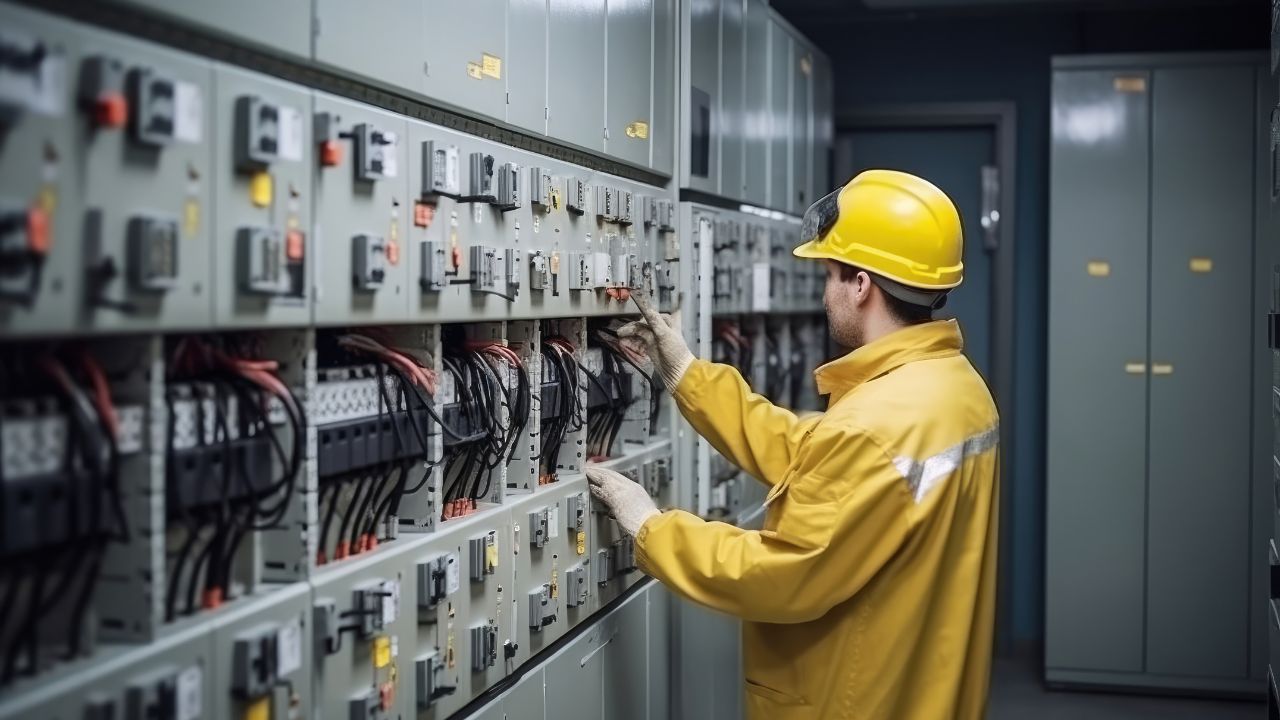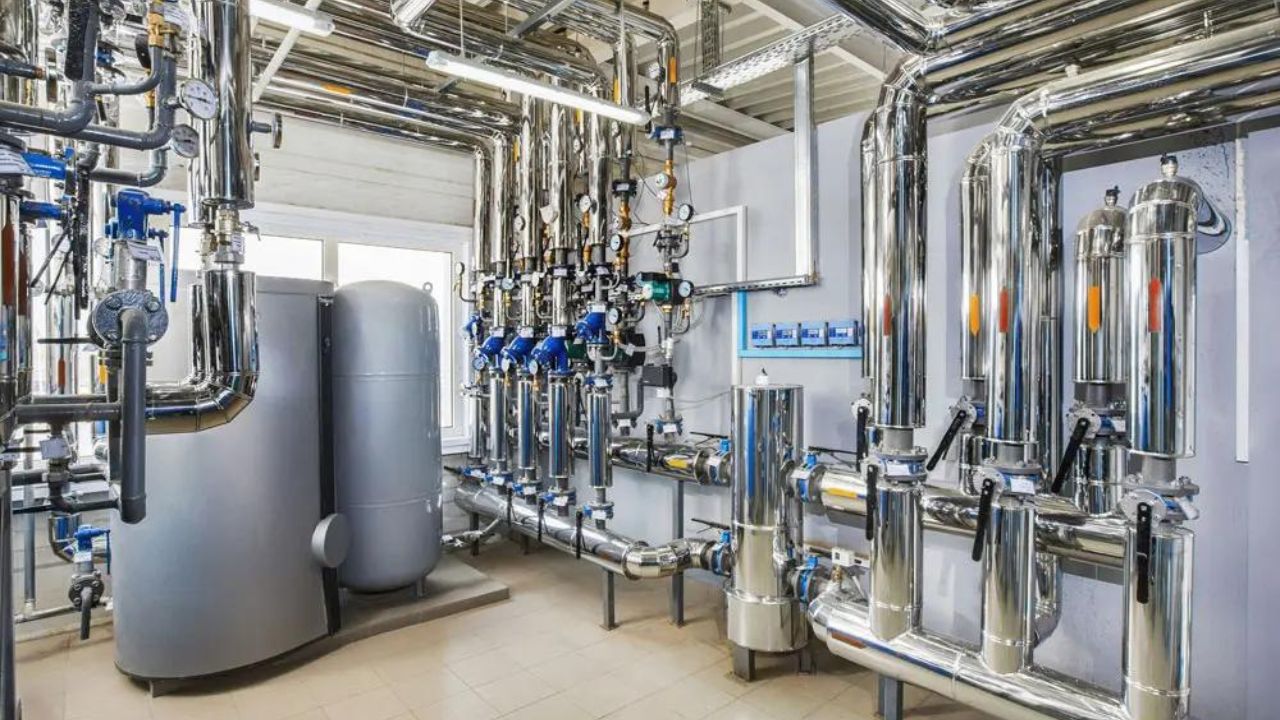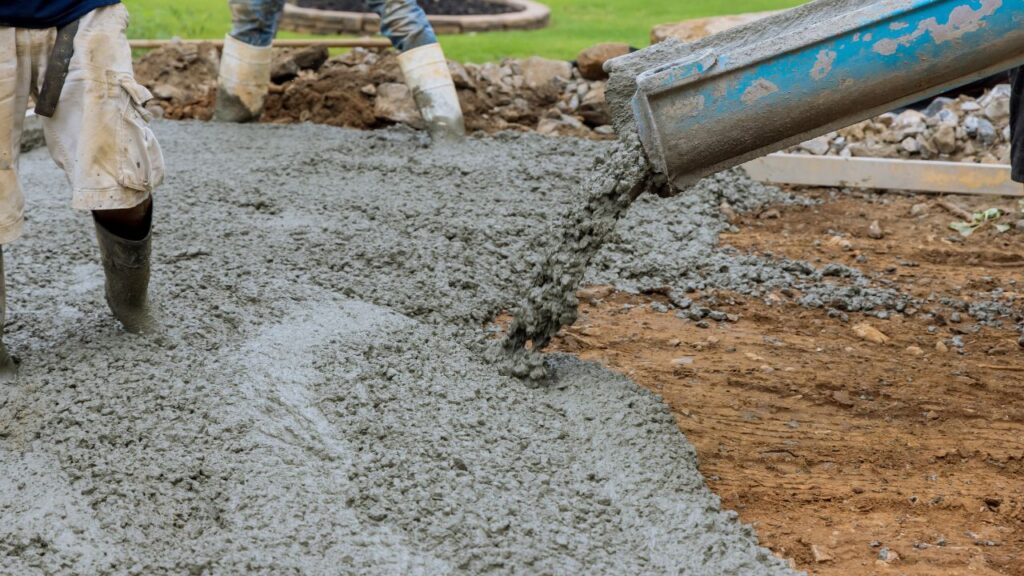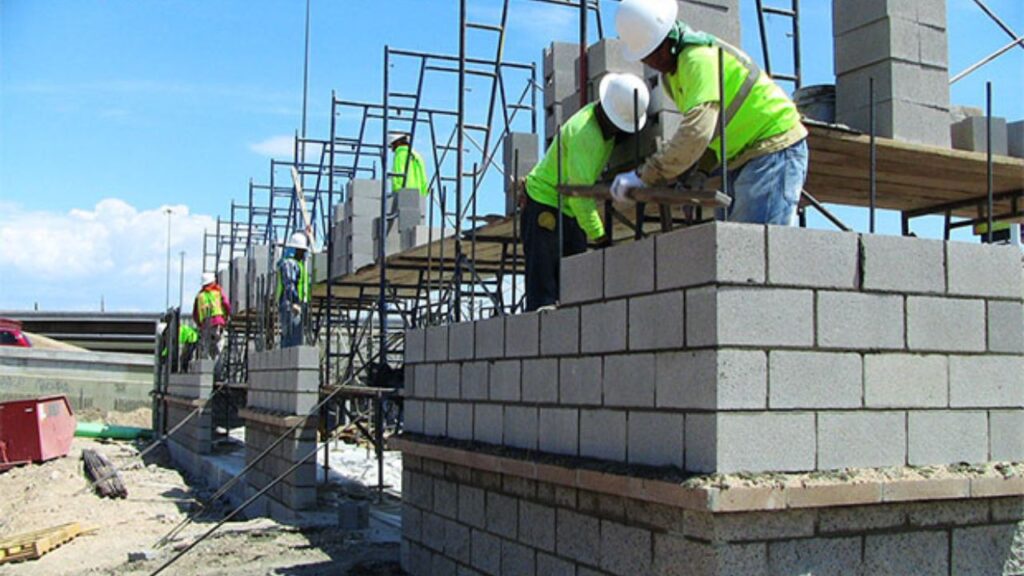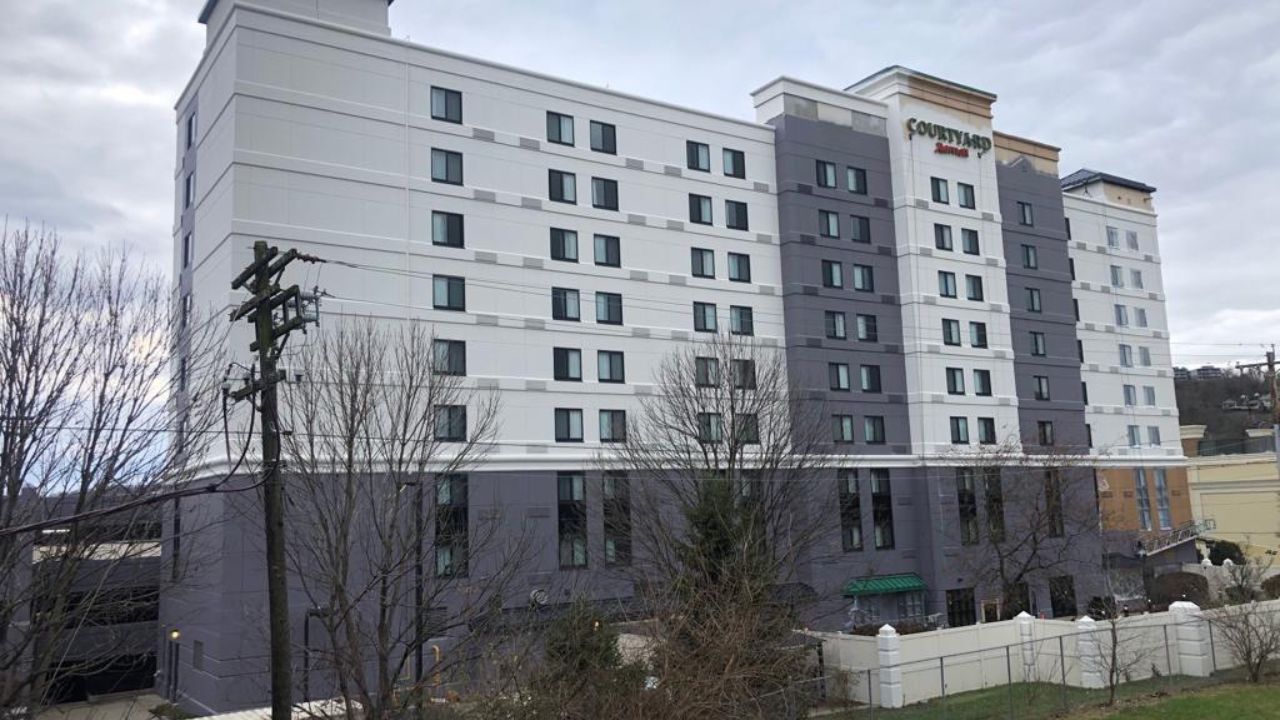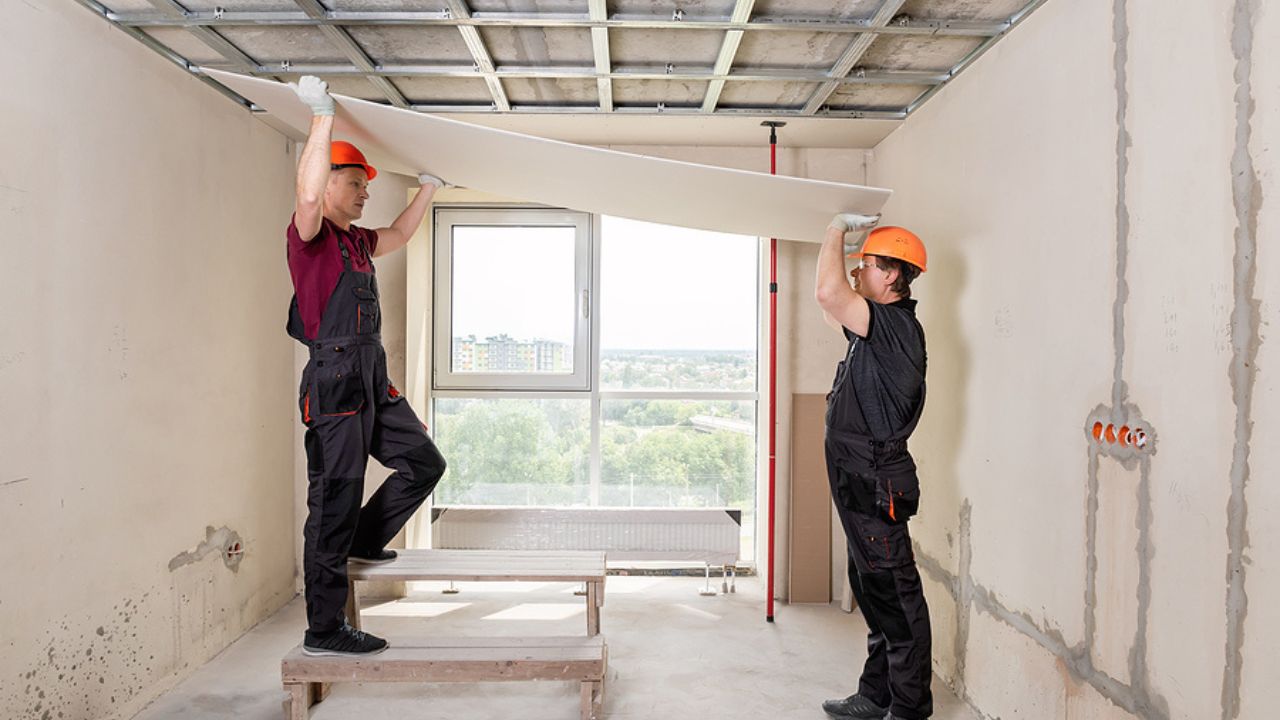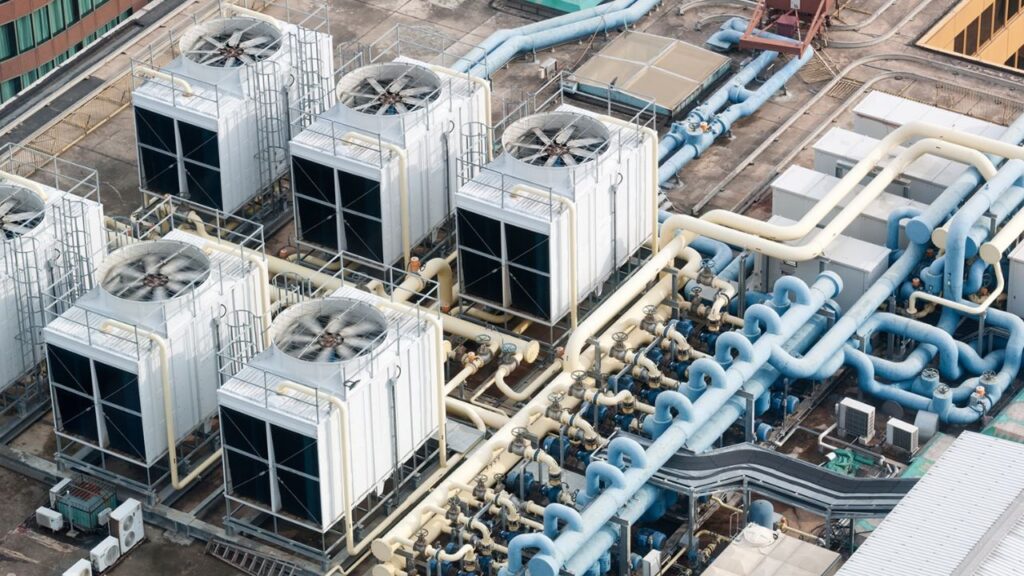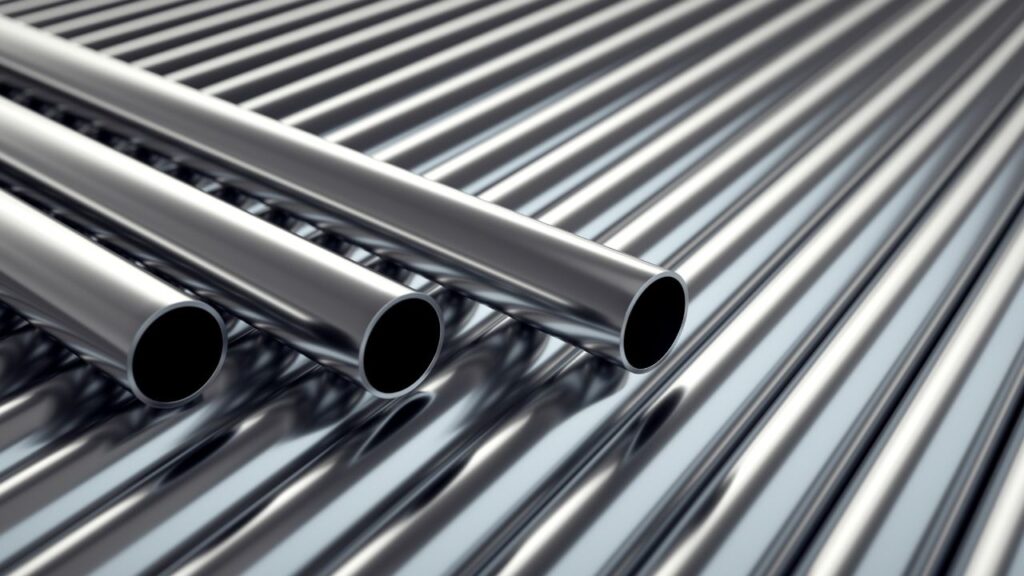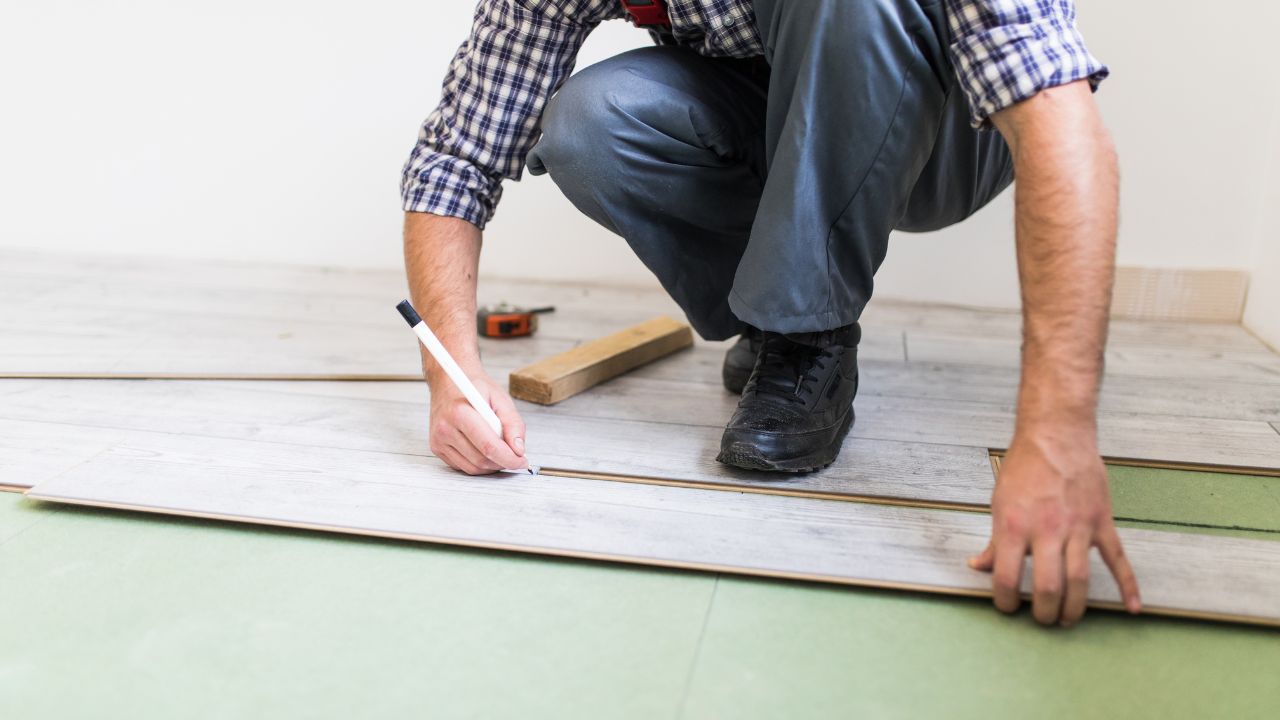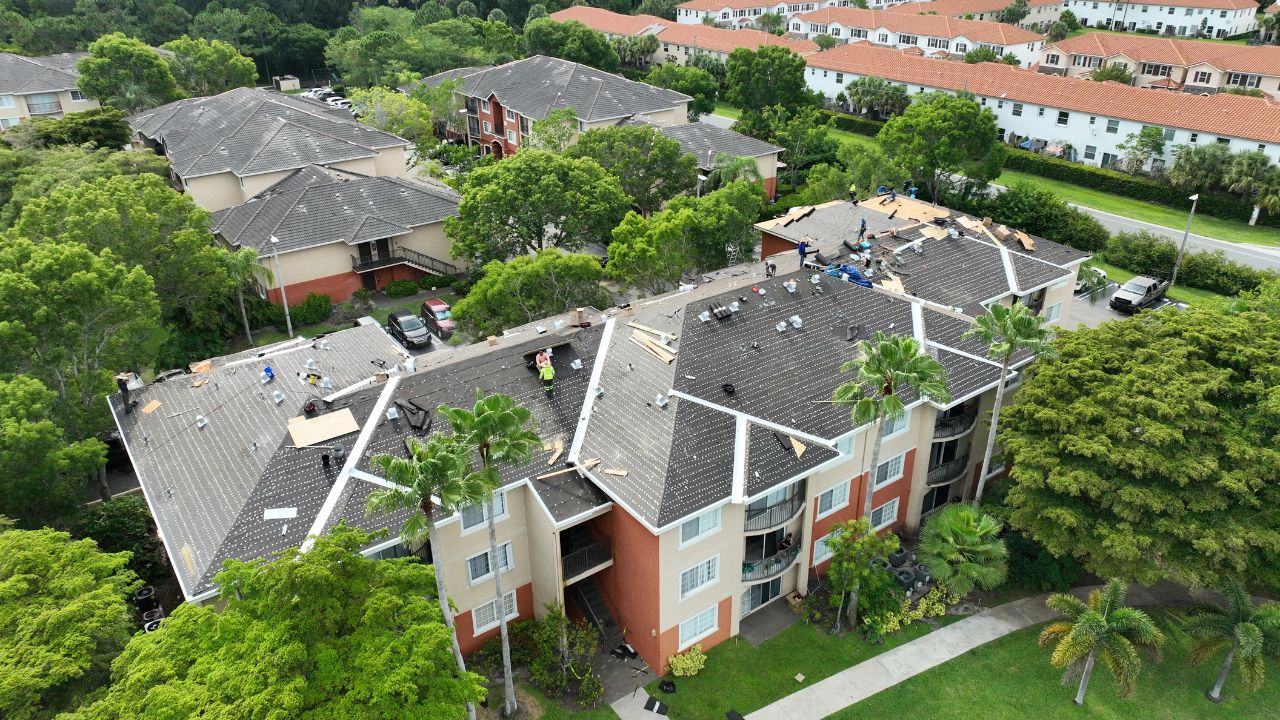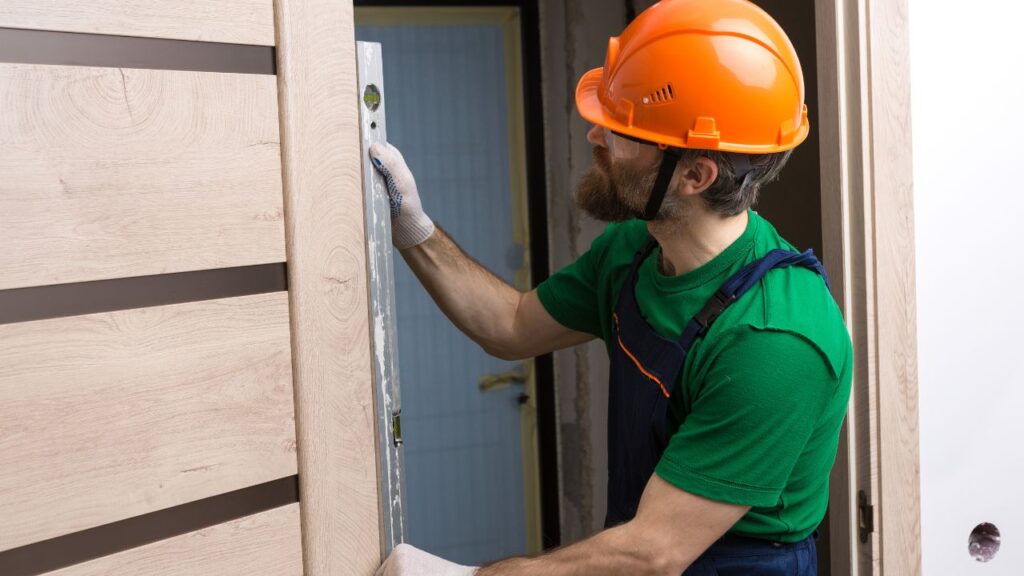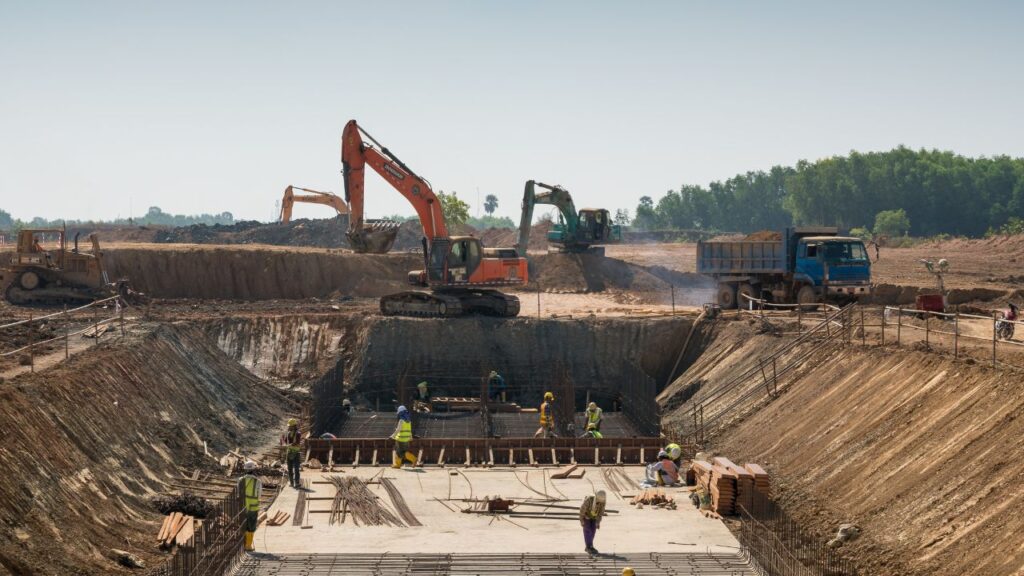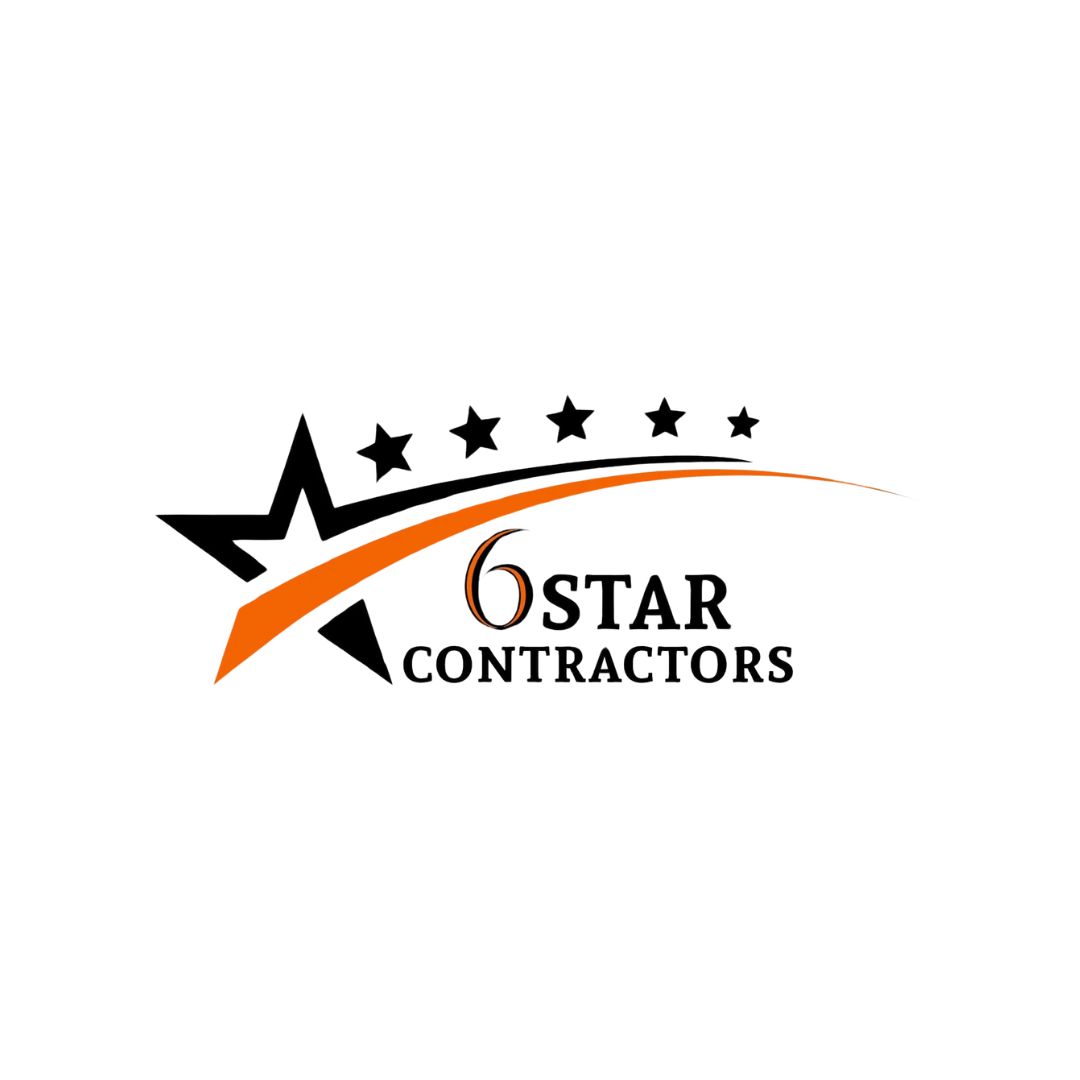- Homepage
- Blogs
Flooring Material Estimation for Commercial Spaces
Leading provider of flooring material estimating.
Calculating flooring costs on a per-square-foot basis offers a baseline for comparing different materials and approaches. In commercial projects, this metric can vary widely due to factors like geographic location, availability of skilled installers, and prevailing market rates for raw materials. For example, basic commercial-grade carpet tiles might cost around $3 to $7 per square foot, while high-end natural stone flooring can range from $12 to $25 per square foot or more, depending on rarity and finish quality. Sophisticated finishes like epoxy coatings or custom patterns often require specialized labor and may increase the total price. By understanding these ranges, property managers can balance performance requirements with the financial realities of their space.
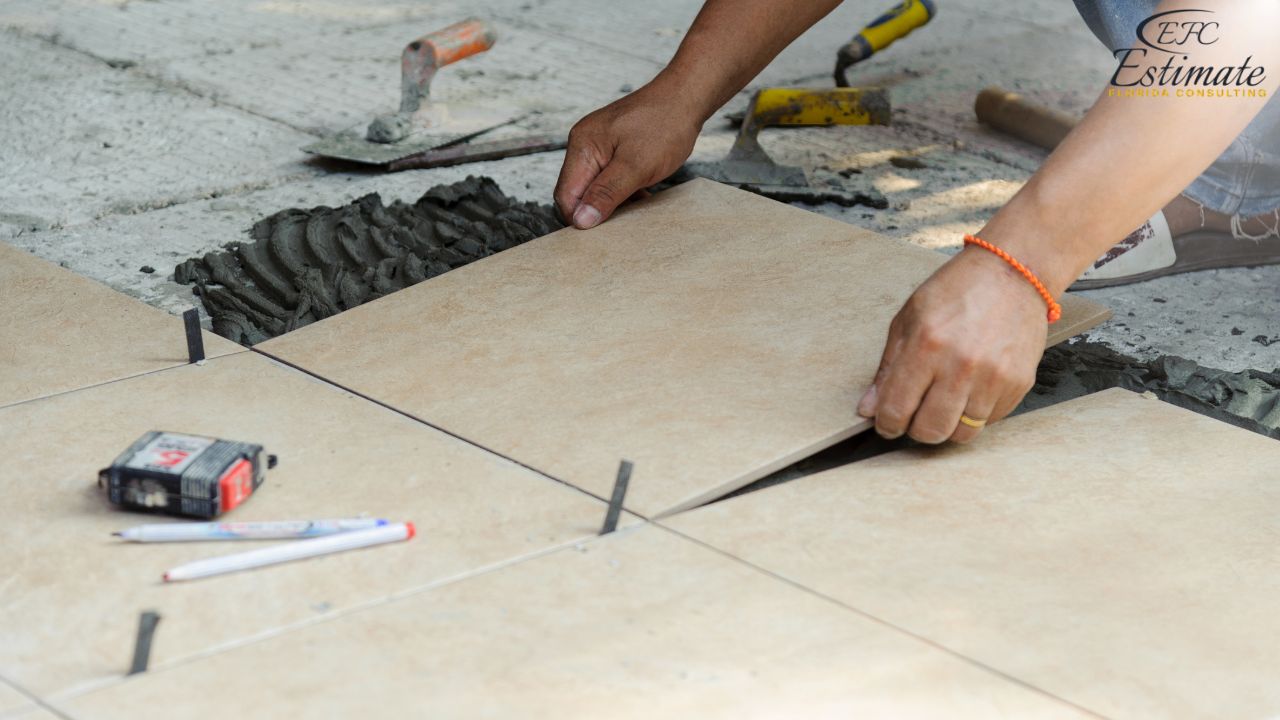
Types of Commercial Flooring Materials
Vinyl Composite Tile (VCT)
VCT is a long-standing favorite in many commercial settings due to its affordability, ease of replacement, and broad range of color and pattern options. Commonly found in schools, healthcare facilities, and institutional buildings, VCT averages around $2 to $5 per square foot. While relatively cost-effective, it may require periodic waxing and buffing to maintain its appearance and protect against wear, influencing ongoing maintenance budgets.
Luxury Vinyl Tile (LVT)
LVT has gained significant traction in recent years because it delivers exceptional durability, water resistance, and aesthetic versatility. Mimicking natural materials like wood or stone at a lower price point, LVT generally costs $4 to $10 per square foot. Its easier installation methods and superior resilience in high-traffic environments make it a top choice for offices, retail stores, and hospitality venues where style and performance are equally important.
Commercial Grade Carpet Tiles
Commercial carpet tiles offer versatility, comfort underfoot, and noise reduction, making them popular in offices, corporate lobbies, and educational settings. Often priced between $3 to $7 per square foot, carpet tiles allow for easy replacement of small damaged sections rather than removing the entire floor. While they may require more frequent cleaning to maintain their appearance, advanced stain-resistant fibers and antimicrobial treatments can help prolong their lifespan, enhancing long-term value.
Ceramic and Porcelain Tile
Ceramic and porcelain tiles are renowned for their durability, water resistance, and design adaptability. Suitable for a wide range of commercial applications—particularly in restrooms, lobbies, and high-traffic corridors—ceramic or porcelain tiles typically cost $5 to $15 per square foot. Although installation can be labor-intensive and may demand a higher initial investment, these materials often result in lower lifetime costs due to their impressive longevity and minimal maintenance.
Get Acquainted with Estimation
Commercial Construction Estimator | Commercial Construction Estimating
Dominate the Competition: Tips to Secure More Construction Bids
Polished Concrete
Polished concrete floors have become a popular choice for commercial and industrial spaces due to their modern, sleek appearance and low maintenance requirements. Costing around $3 to $10 per square foot, polished concrete can handle heavy loads, frequent cleaning, and constant foot traffic. While it may appear simple, achieving a perfectly polished surface requires skilled labor and specialized equipment. This investment pays off in reduced ongoing maintenance and a surface that can last for decades with proper care.
Natural Stone Flooring
Marble, granite, travertine, and other natural stones are considered premium flooring choices that convey luxury, sophistication, and durability. With costs often starting at $12 and going beyond $25 per square foot, natural stone floors suit high-end retail boutiques, upscale hospitality environments, and corporate headquarter lobbies. Although pricier, natural stone provides timeless beauty and can significantly enhance property value, potentially justifying the upfront expense for businesses that prioritize brand image and long-term performance.
Epoxy and Resinous Floors
Epoxy and resinous flooring systems are ideal for environments requiring chemical resistance, easy cleaning, and durable surfaces, such as laboratories, medical facilities, and industrial kitchens. Costs can range from $6 to $15 per square foot, depending on the specific resin system, thickness, and additional features like slip-resistant additives. While initial installation may be more complex, epoxy floors are known for their exceptional longevity and ability to withstand heavy equipment and frequent sanitation.
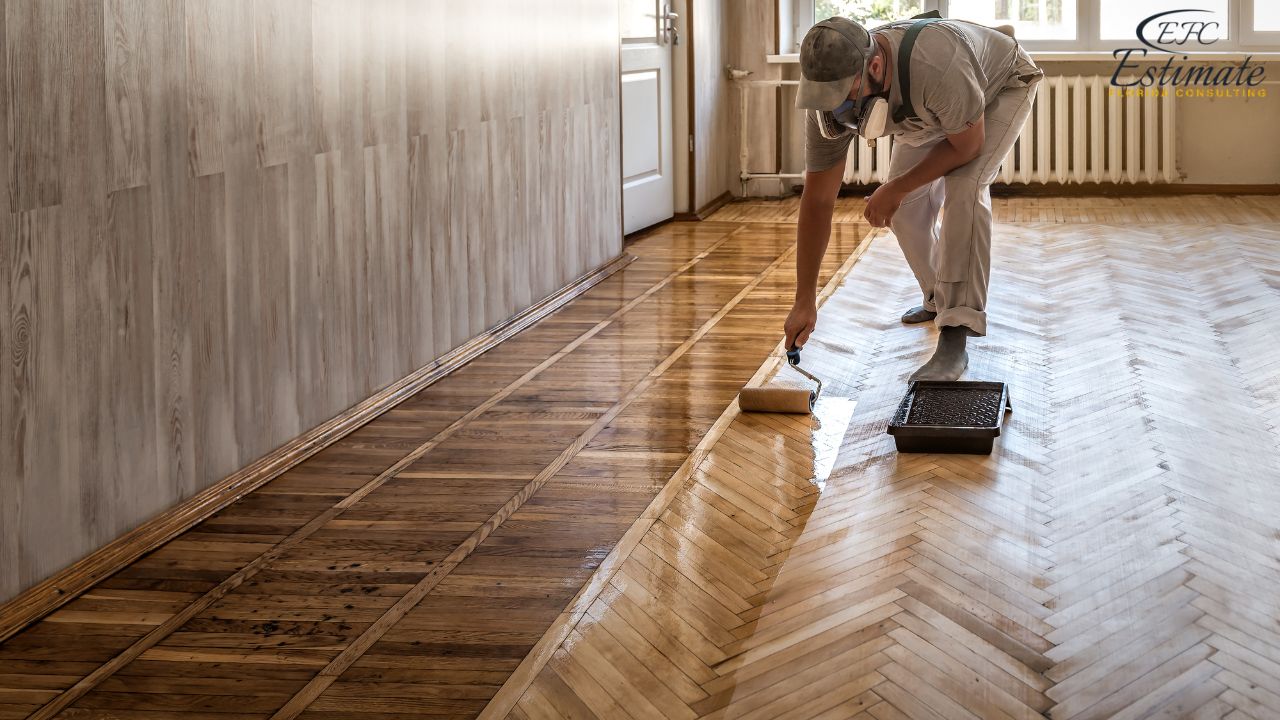
Rubber and Specialty Flooring
Rubber flooring, along with other specialty materials, provides high traction, sound absorption, and excellent impact resistance. Priced at approximately $5 to $12 per square foot, rubber floors are popular in gyms, healthcare rehab centers, and educational facilities requiring cushioning and noise control. Specialty flooring materials, such as cork or bamboo composites, may also be utilized to meet certain sustainability criteria or achieve unique design aesthetics.
Flooring Estimation by Building Use
Office Buildings
In office environments, aesthetics, acoustics, and ease of maintenance drive flooring choices. Carpet tiles, LVT, or engineered hardwood are common, with costs generally averaging $4 to $10 per square foot. Estimations should factor in durability to withstand rolling office chairs, foot traffic, and occasional spills, as well as brand-aligned visual appeal to create a professional atmosphere.
Retail Spaces
Retail environments prioritize aesthetics, durability, and slip resistance. LVT, porcelain tiles, or polished concrete are popular options. Costs can range from $5 to $12 per square foot, depending on the complexity of patterns or branding elements like logos embedded in the floor. Retailers often consider maintenance frequency, as well as the need to maintain a pristine appearance to enhance customer experience.
Hospitality and Hotels
Hotels, restaurants, and event venues require flooring that complements interior design themes, withstands heavy foot traffic, and is easy to clean. Luxury materials like natural stone or engineered hardwood may be chosen for lobbies, while guest rooms might feature LVT or carpet tiles. Hospitality flooring budgets often range from $6 to $20 per square foot, reflecting the wide variety of materials required for different functional areas, from grand ballrooms to cozy lounges.
Healthcare and Hospitals
In healthcare settings, flooring must meet stringent hygiene, slip-resistance, and durability standards. Vinyl and rubber floors are popular due to their ease of disinfection and resilience under wheeled medical equipment. Costs generally fall between $4 to $12 per square foot, and estimations should account for specialized underlayments that reduce noise and vibration, as well as potential use of antimicrobial finishes.
Educational Facilities
Schools, universities, and training centers benefit from materials like VCT, rubber, or carpet tiles that handle heavy daily foot traffic and are simpler to maintain. Flooring costs in educational facilities often range from $3 to $10 per square foot, influenced by the need for safety, durability, and aesthetic considerations that can support a stimulating learning environment.
Industrial and Warehouse Spaces
In industrial and warehouse settings, floors must withstand heavy machinery, chemical exposure, and substantial weight loads. Epoxy coatings, polished concrete, and specialized resinous floors are common, costing roughly $3 to $15 per square foot. Estimations must consider forklift traffic, potential spills, and the need for slip-resistant surfaces that can endure round-the-clock operations.
Win More Projects With Us
Flooring Estimation by Floor Level in Multistory Buildings
Commercial buildings with multiple floors may require differentiated flooring approaches. Structural capacity, elevator access, and vibration control influence material selection and cost allocations across various levels.
Ground Floor Considerations
The ground floor often experiences the highest traffic and may require robust materials like porcelain tile or polished concrete, costing between $5 to $15 per square foot. Additionally, ground-level installations may need moisture barriers or reinforced subfloors to handle both interior conditions and ground-sourced humidity or water intrusion, especially in Florida’s climate.
Upper Floors and Structural Requirements
For upper floors, considerations include load-bearing capacity and noise control. Materials like LVT or engineered hardwood can balance aesthetic goals with reduced weight and simpler installation. Costs typically mirror standard commercial ranges but may include added expenses for sound-insulating underlayment or lighter-weight materials that simplify structural demands.
Rooftop Terraces and Outdoor Flooring
Rooftop terraces, patios, or outdoor communal areas demand weather-resistant materials, such as specialized pavers or rubberized outdoor tiles, often costing $8 to $20 per square foot. These setups must withstand UV exposure, rain, and shifting temperatures without compromising on safety or comfort.
Flooring Cost by Project Size (Square Footage Ranges)
Project scale directly affects labor efficiency, volume discounts on materials, and the complexity of logistics. Smaller projects (under 5,000 sq. ft.) may have higher per-square-foot costs due to less bulk purchasing power and fixed installation fees. Larger projects (10,000 sq. ft. or more) often enjoy volume discounts, potentially reducing costs by 5% to 15%. Careful estimation is crucial to ensure the right balance between cost savings and material quality, as compromising on durability to save a marginal amount on large-scale projects can lead to higher maintenance expenditures over time.
Cost Breakdown by Major Components
A detailed cost breakdown helps stakeholders understand where their budget is allocated and identify areas for strategic cost optimization.
Subfloor Preparation Costs
Proper subfloor preparation is essential for ensuring a stable, long-lasting floor. Costs can range from $1 to $4 per square foot depending on whether leveling compounds, moisture barriers, or repairs to cracks and joints are required. Neglecting subfloor preparation can lead to premature wear, voiding manufacturer warranties, and costly rework.
Underlayment and Insulation
Underlayments improve comfort, sound insulation, and moisture protection. They can add $0.50 to $2 per square foot to the total cost. For commercial spaces, underlayments that dampen sound are especially useful in multi-story buildings or high-traffic hallways where noise reduction improves occupant satisfaction.
Installation Labor Costs
Labor expenses fluctuate based on material complexity and local wage rates, often comprising 20% to 40% of total flooring costs. Complex patterns, intricate layouts, or materials requiring specialized tools can elevate labor costs. Skilled installers may charge premium rates, but their expertise reduces mistakes and costly delays.
Finishing and Maintenance Treatments

Finishes like sealants, waxes, or protective coatings can extend the life of commercial flooring and enhance its appearance. These treatments might add $0.50 to $3 per square foot to initial costs but can result in lower long-term maintenance expenses. Regular reapplication schedules, typically every few years, should be factored into long-term budget planning.
Transitions, Baseboards, and Moldings
Transitions and moldings ensure a seamless flow between different rooms or material types. Priced at $1 to $5 per linear foot, these finishing details not only improve aesthetics but also help prevent tripping hazards, reduce wear at floor edges, and maintain a professional appearance.
Replacement and Maintenance Over Time
While initial installation costs are critical, stakeholders should also consider the long-term costs of maintenance, repairs, and eventual replacements. Materials with higher upfront costs—such as natural stone or epoxy—may offer cost savings over time by reducing frequent replacement. Building an ongoing maintenance budget based on material lifespans can prevent financial strain and preserve the property’s value.
Advanced Estimation Techniques and Tools
Modern estimation tools and software solutions streamline the calculation of flooring costs, incorporating material databases, labor rate references, and historical project data. Using Building Information Modeling (BIM) software or specialized cost estimation platforms can reduce guesswork, improve accuracy, and facilitate scenario analysis. These tools also help project teams collaborate effectively, share cost breakdowns with clients, and quickly adjust estimates as project requirements evolve.
Energy Efficiency and Sustainability Considerations
As sustainability becomes a priority in commercial real estate, materials with eco-friendly certifications, recycled content, or low VOC (Volatile Organic Compounds) emissions gain popularity. While these materials may have slightly higher initial costs, often around 5% to 15% more, they can enhance indoor air quality, contribute to LEED or WELL building certifications, and improve occupant health and productivity. Over time, these sustainable choices can justify their initial premium through energy savings, reduced maintenance, and a positive brand image aligned with corporate responsibility goals.
Download Template For Flooring Project Breakdown
- Materials list updated to the zip code
- Fast delivery
- Data base of general contractors and sub-contractors
- Local estimators

Future Trends in Commercial Flooring
Looking ahead, commercial flooring trends lean towards greater design flexibility, improved durability, and integration with smart building technologies. Innovations include flooring materials embedded with sensors for occupancy monitoring, antimicrobial coatings that reduce pathogen spread, and renewable materials that resonate with evolving sustainability standards. While some of these emerging materials may carry premium costs, they can offer exceptional performance benefits and align well with forward-thinking corporate strategies that emphasize occupant wellbeing and operational efficiency.
Conclusion
Flooring material estimation for commercial spaces is a multifaceted endeavor, requiring careful consideration of material properties, installation logistics, building use, long-term maintenance, and financial constraints. By understanding cost drivers, evaluating a range of material options, and utilizing modern estimation tools, stakeholders can create flooring solutions that meet or exceed their aesthetic, functional, and budgetary goals. In Florida’s competitive commercial landscape, where image, durability, and cost efficiency matter, comprehensive flooring cost estimation is not just a financial exercise, but a strategic advantage that can set a property apart.
Frequently Asked Question
Several factors shape commercial flooring costs, including material selection, installation complexity, building size, local labor rates, and the need for special treatments. Additionally, the intended use of the space, sustainability goals, and compliance with industry-specific standards can all affect the final budget.
Investing in durable materials, proper subfloor preparation, and professional installation can significantly reduce long-term costs. Choosing finishes that simplify maintenance, scheduling routine upkeep, and opting for materials with longer lifespans can further minimize life-cycle expenses.
Yes. Large-scale projects may qualify for volume discounts on materials or enjoy more competitive labor rates due to the efficiency of installing a single material over a broad area. Careful planning and negotiations with suppliers and contractors can unlock these cost savings.
Employing professional estimators, using reliable cost estimation software, and regularly updating cost databases with recent market data can improve accuracy. Clear communication with suppliers, installers, and other stakeholders is also essential for achieving realistic and consistent estimates.
While some eco-friendly flooring materials may carry a premium, their benefits—improved indoor air quality, potential LEED points, and reduced maintenance—often justify the investment. Over time, sustainable options can offer lower life-cycle costs, enhanced occupant satisfaction, and align with corporate social responsibility objectives.
Comprehensive Trade-Specific Estimates
At Estimate Florida Consulting, we offer detailed cost estimates across all major trades, ensuring no part of your project is overlooked. From the foundation to the finishing touches, our trade-specific estimates provide you with a complete and accurate breakdown of costs for any type of construction project.

Testimonials
What Our Clients Say
We take pride in delivering accurate, timely, and reliable estimates that help contractors and builders win more projects. Our clients consistently praise our attention to detail, fast turnaround times, and the positive impact our estimates have on their businesses.
Estimate Florida Consulting has helped us win more bids with their fast and accurate estimates. We trust them for every project!
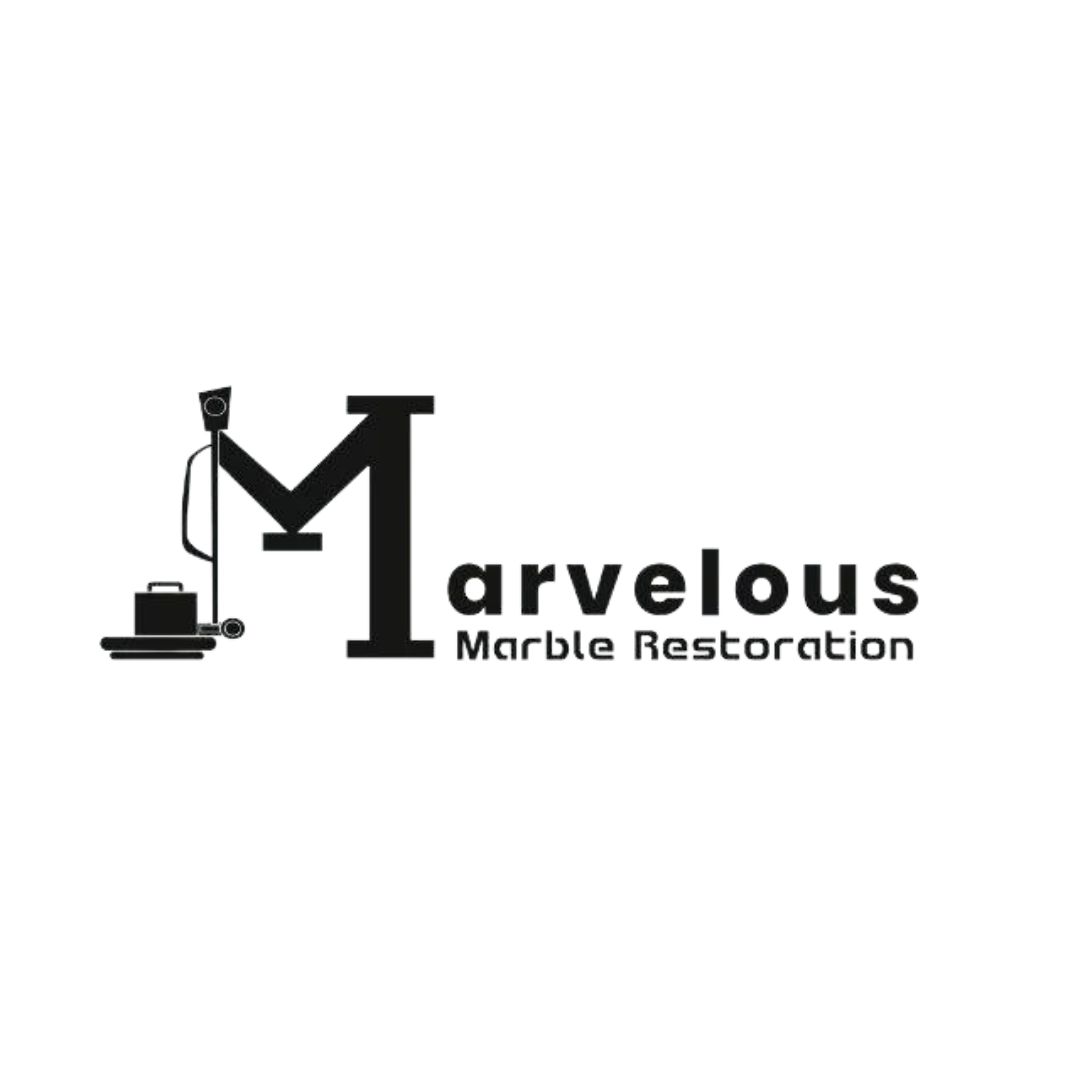
Steps to Follow
Our Simple Process to Get Your Estimate
01
Upload Plans
Submit your project plans, blueprints, or relevant documents through our online form or via email.
02
Receive Quotation
We’ll review your project details and send you a quote based on your scope and requirements.
03
Confirmation
Confirm the details and finalize any adjustments to ensure the estimate meets your project needs.
04
Get Estimate
Receive your detailed, trade-specific estimate within 1-2 business days, ready for your project execution.


